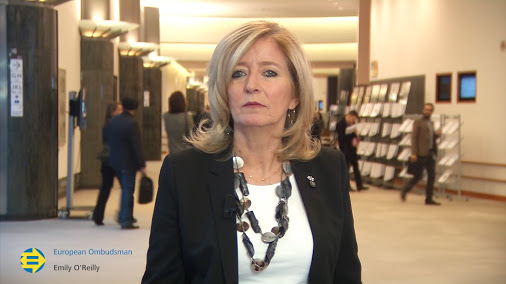
HPV vaccines: Cochrane Centre’s complaint vs safety review failed
A complaint against the EMA's handling of a referral procedure relating to potential side effects of Sanofi/MSD's HPV vaccine Gardasil and GSK's HPV jab Cervarix promoted by the Nordic Cochrane Centre and physicians has been rejected by the European Ombudsman.
Emily O’Reilly announced that her findings point to no maladministration concerning the European Medicines Agency’s (EMA) handling of questions relating to HPV vaccines. In a referral procedure dating back to 2015, the Agency’s PRAC Committee had assessed two serious potential adverse effects (Complex regional pain syndrome (CRPS) and postural orthostatic tachycardia syndrome POTS) of the marketed preventive Human Papilloma Virus (HPV) cervical cancer vaccines Gardasil and Cervarix. The plaintiffs criticised CRPS) and postural orthostatic tachycardia syndrome
The Committee looked into whether there was causal link between the HPV vaccination and two syndromes and concluded that there was no evidence of a link. The plaintiffs had expressed concerns relating to a lack of transparency, and suspected lack of impartiality of the PRAC Committee. Specifically, Cochrane Centre’s head Lars Jørgensen and Tom Jefferson, from Oxford-based Centre for Evidence based Medicine, suggested that the outcome of the EMA’s reviw process was decided prior to its initiation and that the PRAC seems to have reproduced the manufacturers’ responses (to five questions) without undertaking an independent analysis of the evidence.
According to the plaintiffs, as of August 2015 there were 94 documented cases of vaccine-related reports for CRPS as well as 147 jab-associated POTS cases, 65 and 117 decribed as serious, respectively, from clinical testing. Saying, the case series would represent a highly selected sample of patients, apparently chosen to fit a precified hypothesis of vaccine-induced injury, the PRAC assessment, however, focussed largely on case reports, ignored 12% of the manufacturers data set, and did not assess one fourth of the trials that contributed data to the analysis of potential CRPS and POTS cases. Furthermore, the plaintiffs criticised that the PRAC send the result of its consultation with stakeholder advisory group to the manufacturers and then reached its scientific recommendation by consensurs following plenary discussion. The final 40-page assessment report, which was published online, is in large parts based on the manufacturers’ reviews say the plaintiffs, except concerning recommendations in relation to further evaluation of CRPS and POTS.
EU Ombudsman Emily O’Reilly now said that the Committee’s examination of the scientific evidence was complete and independent and found out that the PRAC’s undisclosed members had no conflicts of interest and that the assessment thus deemd to have been conducted in full independence of the relevant scientific experts. However, she suggested that EMA should provide as much information as possible on the scientific work of its committees.


 White House
White House Clarivate
Clarivate H. Zell - wikipedia.org
H. Zell - wikipedia.org